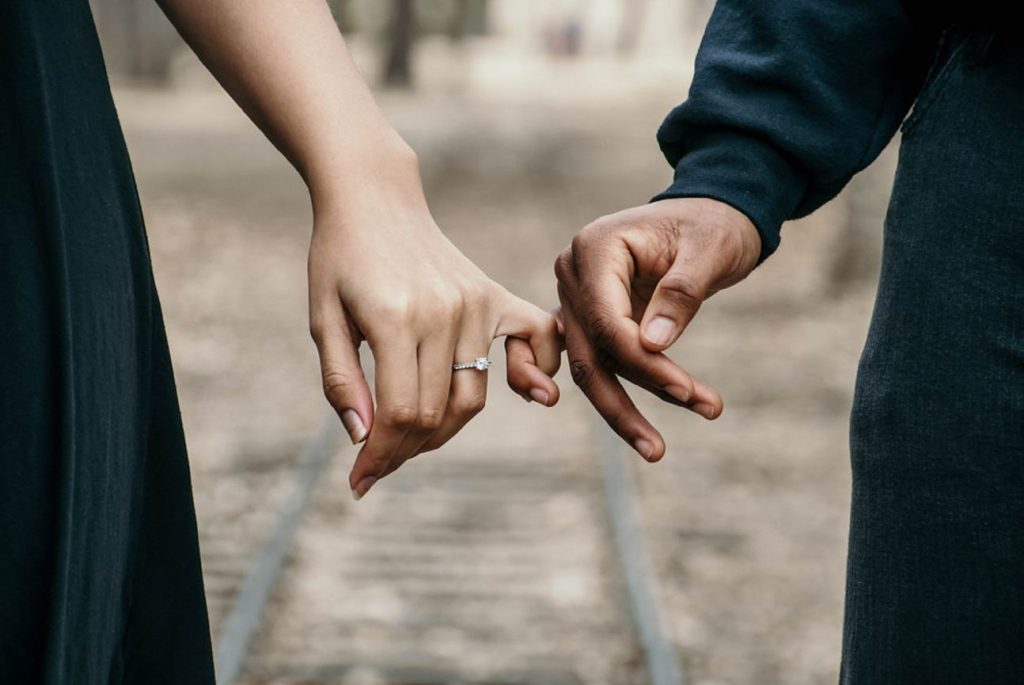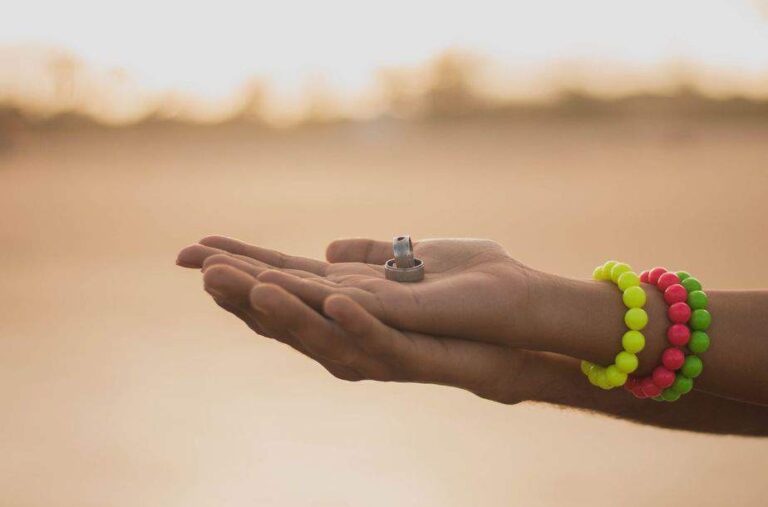Share with friends:
Multiple studies about starting and keeping relationships tell us how being bad at dating goes beyond shyness and anxiety only.
Actually, being poor at dating is linked to biological evolution and more specifically, the evolution of mating!
This is after sobering statistics continue to illustrate how many of us perform poorly at dating and mating activities.
One study showed that 50 percent of us find it hard to either start or keep a relationship, and 1 out of 5 struggles to sustain any relationship at all.
Those incapable of relationships and mating find themselves in a class battle to survive, while those who succeed are better placed to reproduce heritable offspring.
This then begs the question, what exactly links our mating anomalies to evolutionary science? How are the two related?
For starters, our ability to court persons of the opposite sex is determined by how suited we are to the current dating environment compared to previous environments.
Well, a journey back in history should help us gain insight into the puzzle.
100 years of evolution in dating and mating


Only 100 years ago or thereabouts, dating and mating activities were matters handled by parents and elders and not the couples to be.
Young men and women sat back and waited for their parents to spot whom they considered best suitors.
While at it, the old folks were on the lookout for necessary qualifications in the spouses to be.
In what one would call sexual selection, the healthy, intelligent, witty, hardworking, and rich males always had an upper hand and got betrothed to healthy and beautiful women.
Fast forward to the 21st century and men are tasked to seek suitors without the helping hand of parents and elders. They now accomplish what was a regulated practice on their own, and this comes with challenges, especially for those lacking the necessary skills and qualities.
In the process, those endowed with preferred skills and qualities are bound to succeed while the rest of the pack flounder.
The complex insight into this historical shift is perhaps best explained by Charles Darwin, who in The Descent of Man, and Selection in Relation to Sex, noted that sexual selection is dependent on the success of some people in propagating over others.
We are, however, here concerned only with that kind of selection, which I have called sexual selection. This depends on the advantage which certain individuals have over other individuals of the same sex and species, in exclusive relation to reproduction.
In these circumstances, men harboring heritable traits and better survival genes are predisposed to mate with healthy and beautiful females. This, in order to give birth to desired off-springs, fitting for future survival and reproduction.
The ability to succeed in attracting mates and therefore propagate is determined by two selective criteria for males and females:
- Intrasexual selection
- Intersexual selection
Intrasexual selection – male
The concept of intrasexual selection explains the competition that men have to go through in a bid to attract females – and therefore mate with them.
On the one hand, men may engage in a direct fight (verbal or physical) in order to win over a female, and on the other hand, they can use material things to influence female decisions.
Intrasexual competition between males is probably best explained by other primates and animals that have to fight off competition in order to mate.
For example, strong males amongst the monkeys, deer antlers, cocks, and beetles will only succeed in procreating after out-competing rivals by fighting them and/or controlling a colony of females.
In modern society, those with material possession will use these to attract the opposite sex even if they lack heritable traits!
Intersexual selection – female
The concept of intersexual selection explains the criteria females use to select the men they wish to mate with.
They want men that can provide for livelihood, protect them from other males, and harbor Fisherian runaway traits such as
prominent plumage, elaborate courtship behaviours, or extreme body ornamentation—are so strongly preferred by females of certain species that they will mate only with those males possessing the strongest expression of the trait.
While females don’t usually make their choices by verbal communication, they will exude physical and other signals such as body and cloth color choices, facial expressions, and other enticing clues.
Also true, women will use material possession to lure men when they know they lack the necessary qualities for mating. On the flip side, those with necessary mating qualities will opt for men with material possession in disregard of their heritable traits.
Is dating in the 21-century evolving?
Surely, dating in the 21st century is evolving in multiple ways and pretty fast for sure.
Having changed from regulated dating 100 years ago to one-on-one interactions today, a growing number of young people now use online dating platforms to bypass incumbrances such as shyness and anxiety.
Also true they are probably bypassing the long-held laws of intra and inter selection criteria.
After exchanging texts, photos, and videos online, many learn to martial up the courage to meet face-to-face and hopefully, start to mate and procreate.
The problem with this approach is the prospect of evolutionary mismatch and having to deal with fake partners, unfaithfulness, and online sexual predators.
Ultimately, the quality of descendants procreated by digital daters is something we only have to wait to/and see.


0 Comments